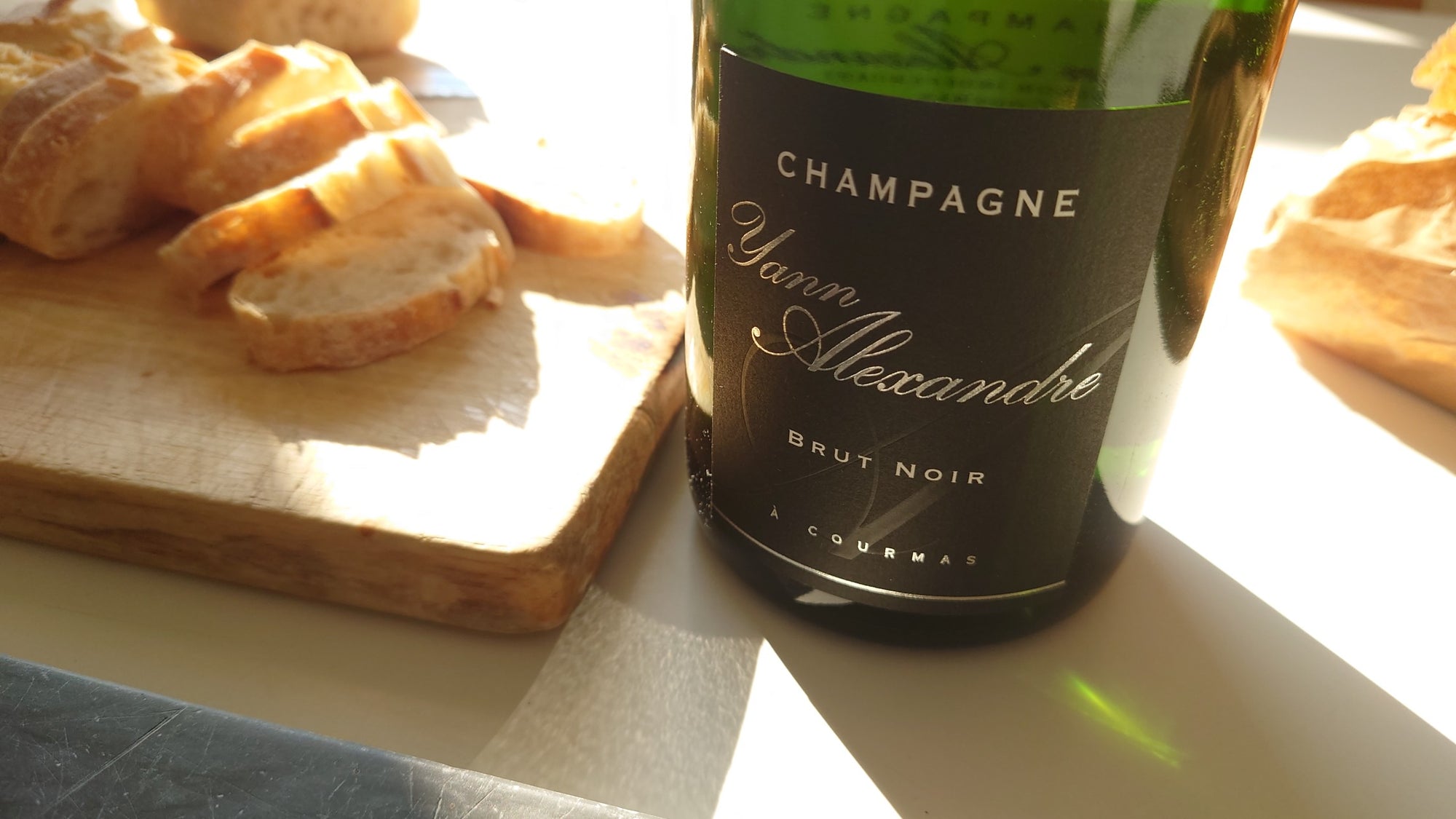
When Diesel - the ultra trendy purveyor of $300 (₤160) jeans - decided to get into the wine business this year with equally expensive wines, they got the grape varieties all wrong. Sorry but Chardonnay, Merlot, Cabernet Sauvignon and Pinot Noir simply aren’t the vinous equivalent of denim. That honor would go to Carignan, which like denim is often coarse, cheap and casual. They’re also both associated with the Languedoc: denim is named after a type of cloth called Serge de Nîmes from the Languedoc city of Nîmes while Carignan has been grown in huge quantities in the region for over a century.
As a high yielding grape, Carignan was one of the main sources of cheap plonk back in the days when the average French worker packed a bottle of vin rouge for lunch and then had another bottle with dinner. Since this market doesn’t exist anymore*, the EU has spent a great deal of money grubbing up Carignan vines in an attempt to help control the global wine glut. Indeed, from 1990 to 2002, total world acreage of Carignan was reduced 42% from 501,300 acres down to 290,400 acres but is still the 8th most widely planted wine grape variety.
Carignan (known as Carignane in California, Carignano in Italy and Cariñena in Spain) has also been one of the most critically disparaged grapes in the world. 100% Carignan wines aren’t allowed according to AOC laws so it’s usually relegated to a blending partner in Minervois and Corbieres. According to Jancis Robinson in the Oxford Companion to Wine, “Its wine is high in everything – acidity, tannins, colour, bitterness – but finesse and charm.” Ouch. Still, she does concede that it can make exceptional wine in the right hands and cites Domaine d’Aupilhac in Montpeyroux and Chateau de Lastours in Corbieres. 
The tide now seems to be changing for Carignan. On our recent trip to the Languedoc, we found “100% Carignan” signs proudly displayed at several wine shops and asking for Carignan wines on restaurant wine lists would get knowing nods of approval. How could this be? For starters, the French love an underdog. And perhaps the rough image of the grape just naturally goes with the rugged landscape, especially the garrigue, the wild scrub of dwarf oak, thyme, rosemary, lavender, gorse, broom, heather and fennel that is everywhere. Or perhaps it’s part of a larger worldwide movement to embrace indigenous grape varieties (does the world really need more Merlot?). Whatever the reason, more and more talented winemakers are embracing Carignan, particularly in the Languedoc, where it is produced as a Vin de Pays.

One of the more talented (and vocal) producers is the Clos du Gravillas, run by John and Nicole Bojanowski in St. Jean de Minervois. They’ve been leading the Carignanistas in Laguodoc through their events and by producing great Carignan wines. Old vines, low yields and careful élevage shows just what is possible. Their 2003 Rendez-Vous du Soleil  is an excellent example: refreshing, well balanced and refined but pleasantly casual. Their 2003 Lo Vièlh
is an excellent example: refreshing, well balanced and refined but pleasantly casual. Their 2003 Lo Vièlh  shows just how opulent and elegant Carignan can be. It’s an amazingly refined and concentrated expression that’s drawn critical acclaim and enthusiastic responses even from the haughty Parisians.
shows just how opulent and elegant Carignan can be. It’s an amazingly refined and concentrated expression that’s drawn critical acclaim and enthusiastic responses even from the haughty Parisians.
In addition to making great wine, John and Nicole head up the Carignan Renaissance, which promotes this disparaged grape throughout the world. In 2004, they organized the 1st Carignan World Tasting and invited an illustrious panel, including Jancis Robinson, to size up the world’s Carignan wines. Some wines, like their Clos du Gravillas’ received high marks but didn’t really sway some critics like Ms. Robinson to substantially change their views. Perhaps if it were a completely blind tasting (also called double-blind where the tasters don’t know anything about the wines) preconceived notions about the grape could be challenged.
OK, all of that sounds great but I’m in the USA. How do I get in on the HIPSTER CARIGNAN ACTION? Perhaps the easiest way is to run – not walk – to your local wine shop and pick up a bottle of Les Hérétiques. Produced by Andre Iché of Chateau d’Oupia, it’s a cuvee of 97% Carignan and 3% Syrah, imported (and developed with) Louis/Dressner . Les Hérétiques refers to the Cathars who were massacred in the 13th Century by the crusaders for their heretical beliefs and also to Carignan which is currently being massacred by the European Union. The wine is earthy, soft, fruity, slightly rustic, and was a staple at Chez De Long when we lived in New York City. It’s widely available and a great introduction to the pleasures of Carignan. And for roughly the price of a bottle of [yellowtail] you can’t go wrong.
Conclusion: Diesel Merlot = uncool; Hipster Carignan = tres cool
*Per capita wine consumption in France declined from 108 liters to 57 liters from 1970 to 2001. French actor and vineyard owner Gerard Depardieu has single handedly attempted to reverse the trend. In his own words (translated): “On a good day, I have four bottles. On a bad day, six.”
Resources: Worldwide Carignan Producer's List


Comments